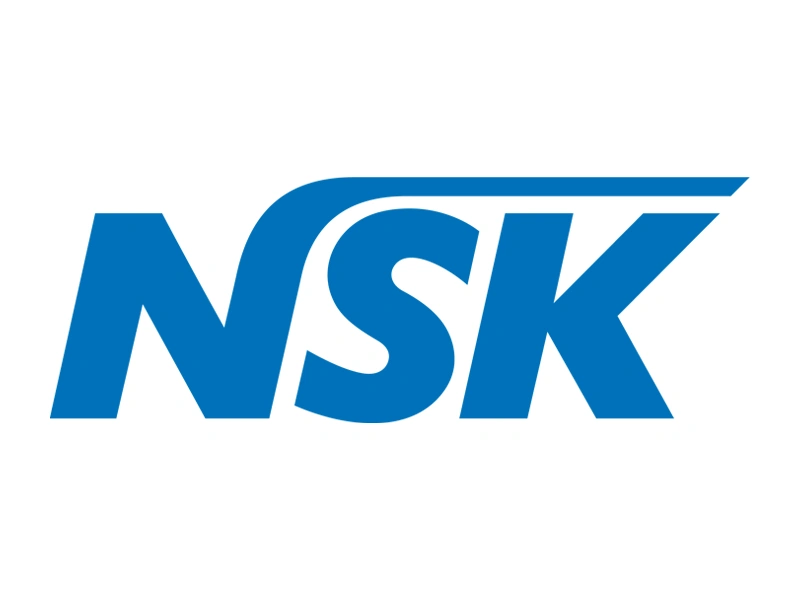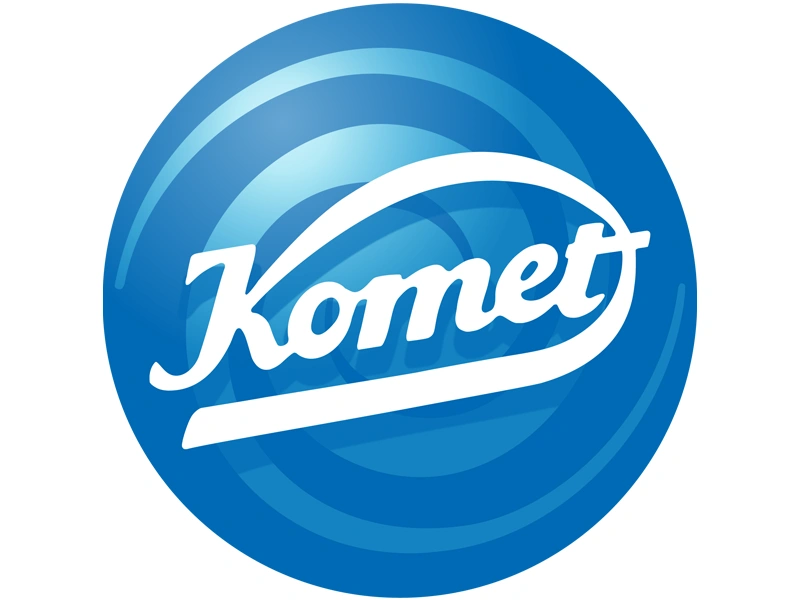Installation of dental ceramic overlays
Dental restoration is one of the most important services of aesthetic dentistry. Deep carious lesions of the tooth crown, trauma, the appearance of chips and enamel cracks not only significantly spoil the beauty of the smile, but can also be a gateway to infection, accelerating the process of tooth decay. Ceramic overlays help to fully restore aesthetics, chewing function, protect pulp and tooth root.
Here are some benefits of ceramic restorations:
- longevity. Qualitatively installed and fixed ceramic overlay can serve more than 10 years, which is unattainable for photopolymer restorations
- high aesthetics rates. Ceramics perfectly imitates the shades of a natural tooth, the translucency of enamel. Therefore, a high-quality ceramic overlay is almost indistinguishable from a natural tooth
- high performance characteristics. Unlike crowns, ceramic overlays do not sink over time, do not deform, are not fragile. They definitely withstand a significant load when chewing
- hygiene. Plaque does not accumulate on the surface of the ceramic overlay, and tartar does not form
- durability/strength. Ceramics can withstand the force of biting and chewing. Therefore, it is especially recommended for the restoration of chewing teeth.
What is a dental overlay?
Ceramic dental overlay is a type of micro-prosthetics that is made according to the individual parameters of the patient’s tooth to eliminate significant damage and further destruction of the crown in the future.
This type of restoration of the dental surface is recommended for:
- significant carious lesions of chewing teeth
- multiple enamel cracks
- restoration of chewing function of teeth
- temporomandibular joint diseases
- pathological tooth abrasion
- orthodontic indications
- the need to replace large old crowns.
To explain it simply, the ceramic dental overlay is a modern way of restoration and renovation of the chewing function of the tooth.
Types of dental overlays
The overlays are made by a method of firing ceramics at a temperature of 900 °C. Depending on clinical indications and anatomical shape, there are 4 types of ceramic overlays:
- Inlay — occupies a minimal chewing surface and does not go beyond the ridges of the tooth
- Onlay — overlay covers one or more tooth ridges
- Overlay — overlay covers ridges, the entire chewing and other surfaces of the tooth
- Pinlay — ceramic micro-prosthesis with a pin, covering the entire surface of the tooth.
The choice of which type of ceramic overlay is required for the patient is determined by the orthopedic dentist during the consultation and clinical examination.
Procedure for dental overlay installation
The procedure of restoring a tooth with the help of ceramic overlays includes three stages:
- Examination of the oral cavity, preparation and discussion of the treatment plan, options for restoring the anatomical shape of the tooth.
- Dissection and preparation of the tooth surface (destroyed surfaces) under the ceramic overlay.
- Scanning of the jaws for making an overlay.
- Covering the surface of the tooth with a temporary filling.
- Fixation of the overlay.
Recommendations for the care of ceramic overlays
In most cases, there are no special recommendations. It is enough to follow the usual requirements for oral care: brush your teeth twice a day, use dental floss and rinses recommended by the doctor.
Although the ceramic overlays do not absorb pigments from food containing dyes, it will not be superfluous to rinse your mouth after drinking coffee, red wine or consuming blueberries, tomatoes, etc.
The general recommendations also include a visit to the dentist once every six months for an examination of the condition of the oral cavity and professional dental hygiene. The procedure allows you to remove pigmented plaque, tartar and is a prevention of caries.
Frequently asked questions when installing overlays
When can you eat after installing a ceramic overlay?
After fixing the overlay, it is recommended to refrain from eating and drinking for 2–3 hours.
When is a ceramic overlay placed instead of a photopolymer restoration?
In cases where most of the tooth is destroyed, photopolymer restorations have already been made several times, which could not withstand chewing pressure or partially fell off — a ceramic overlay is recommended.
When is it impossible to install ceramic overlays?
- destruction of the tooth crown by more than 60% (in such cases, a full ceramic crown is indicated)
- circular (cervical) caries
- the surface of the tooth is difficult to access for treatment for the overlay installment.
The cost of installing dental crowns
Schedule an appointment with a dentist






